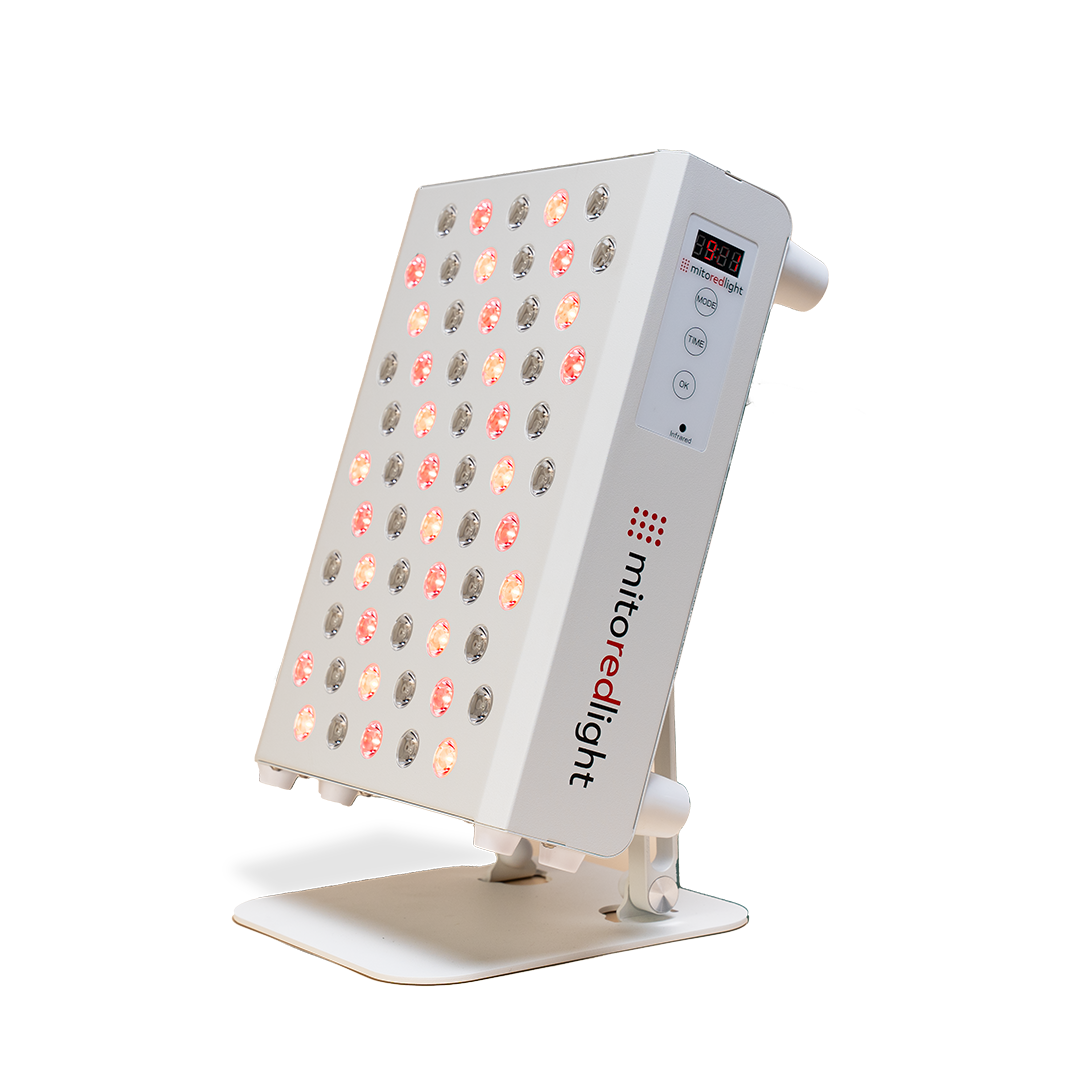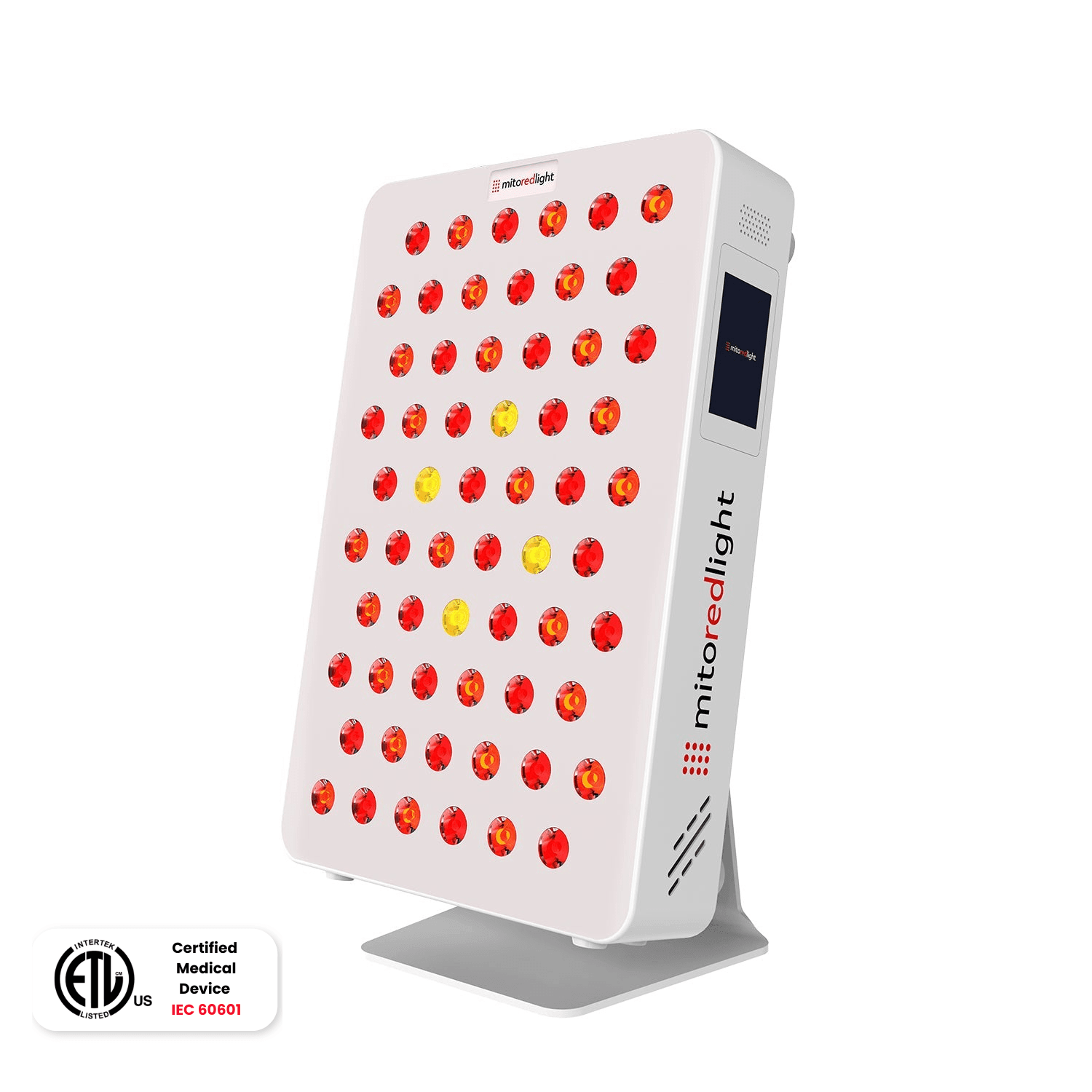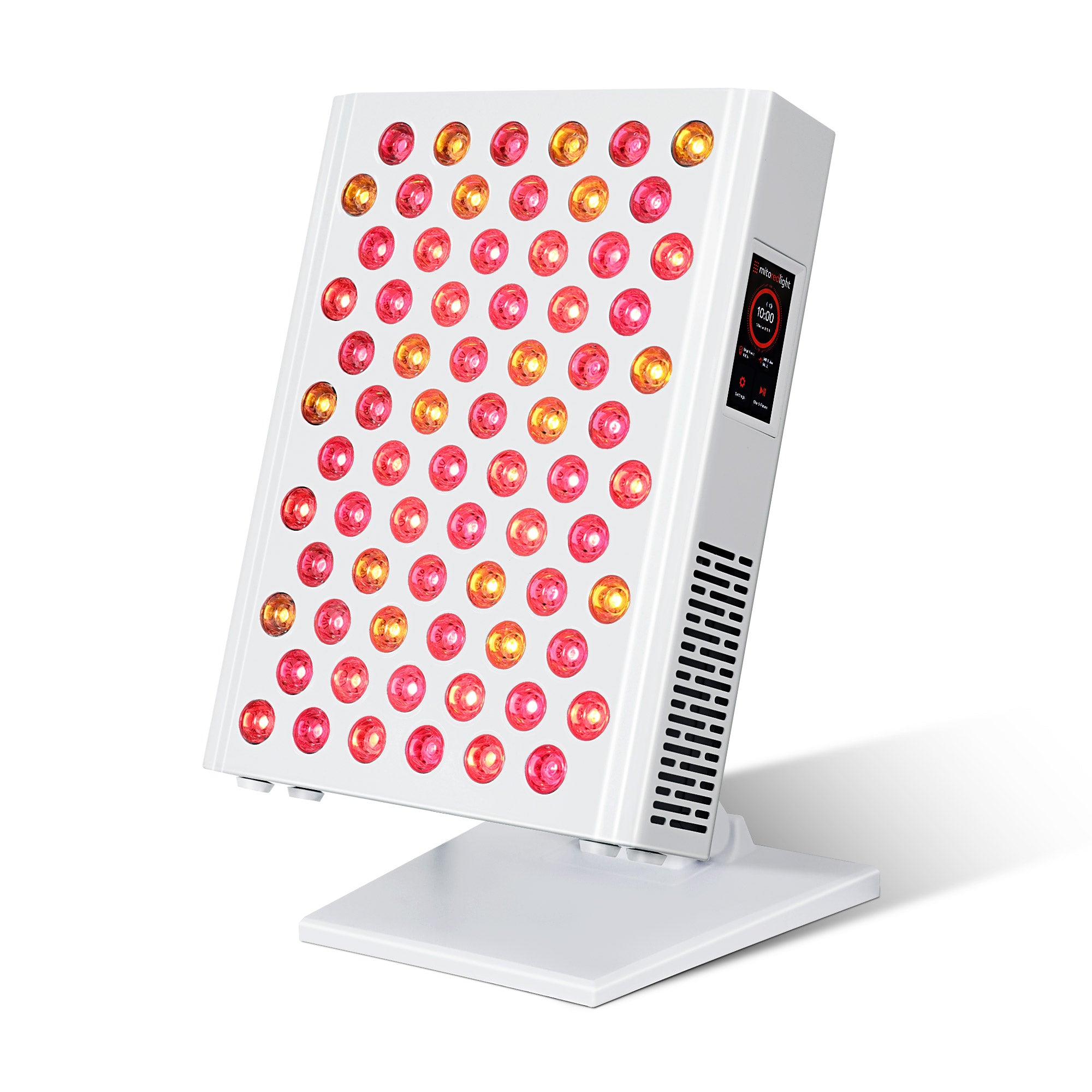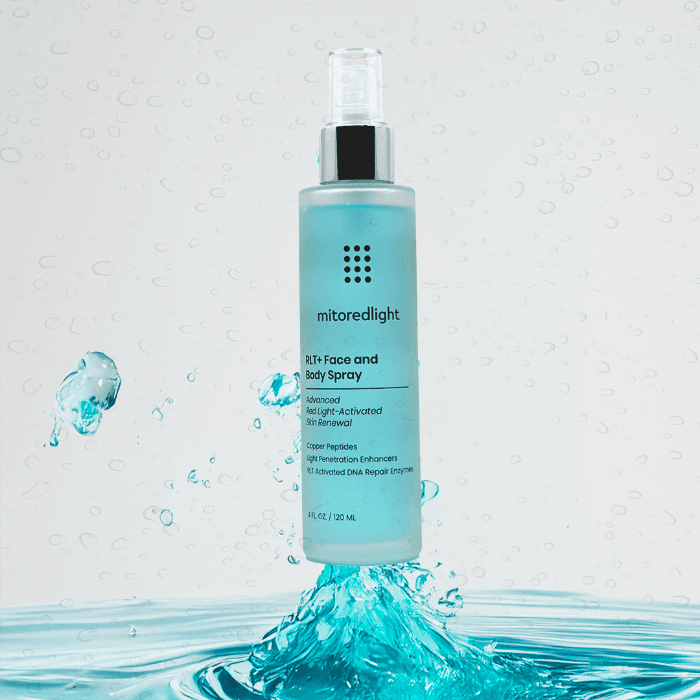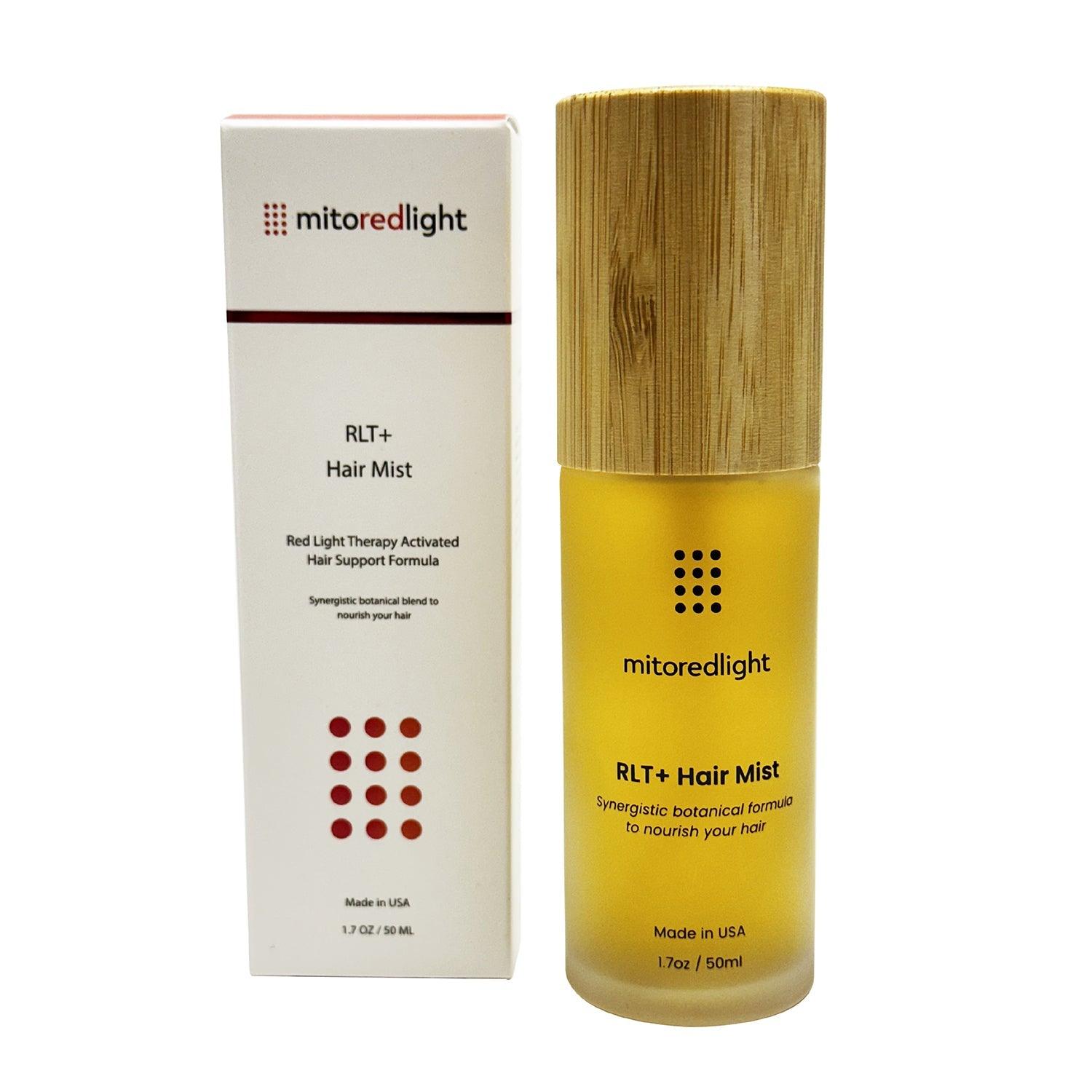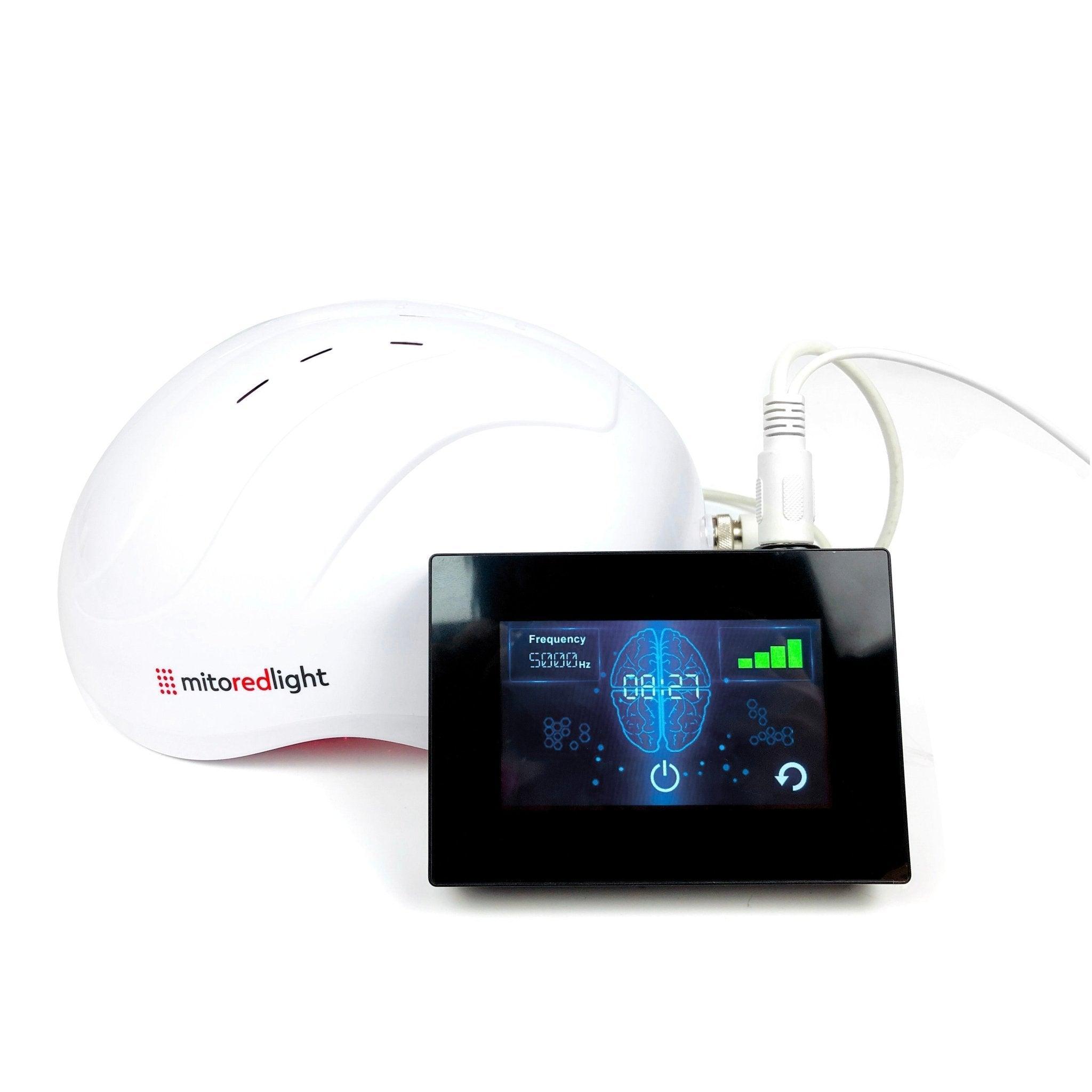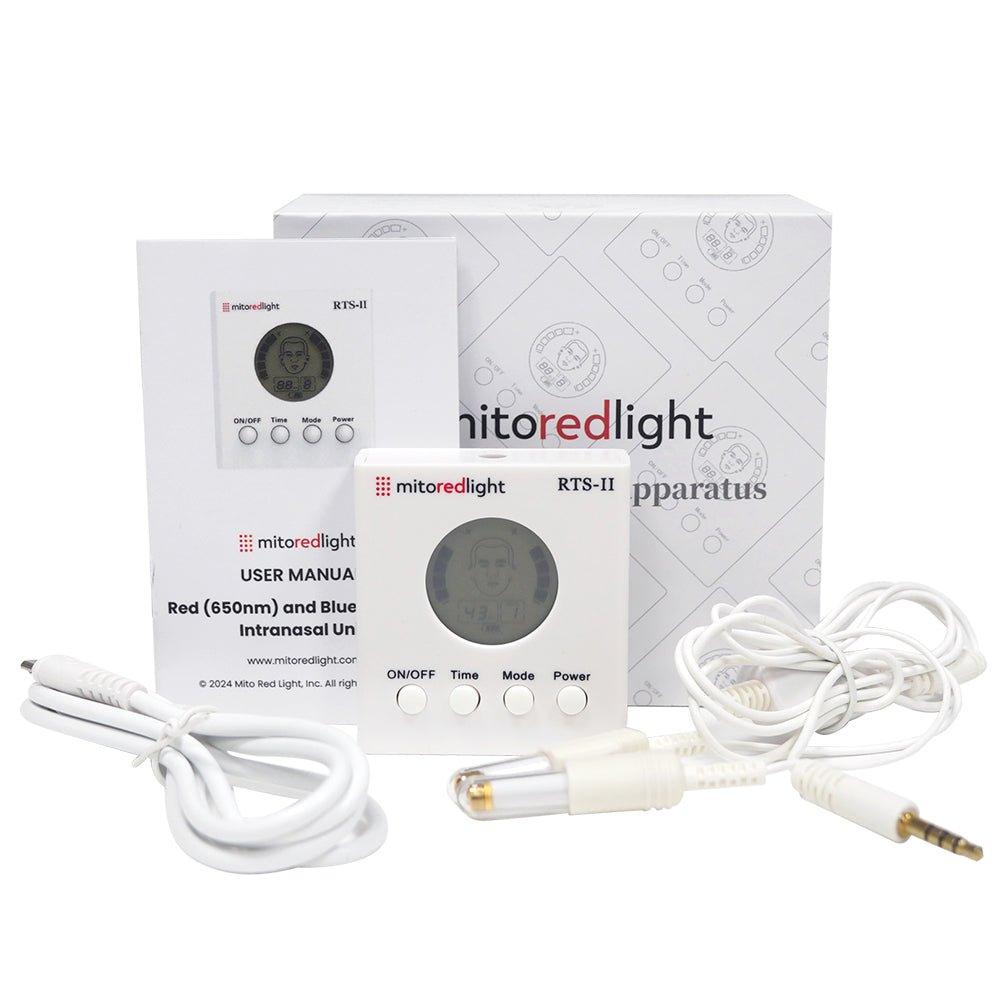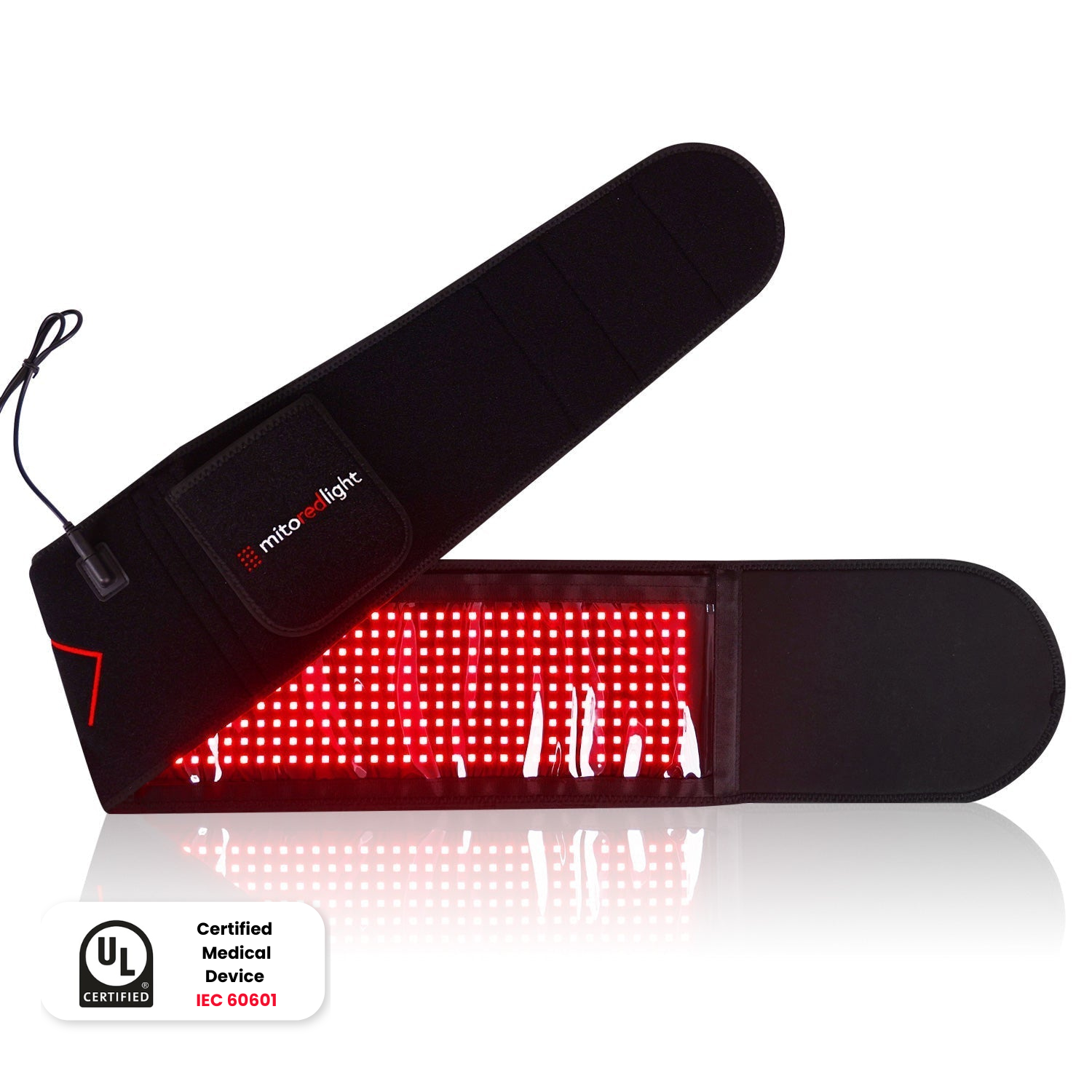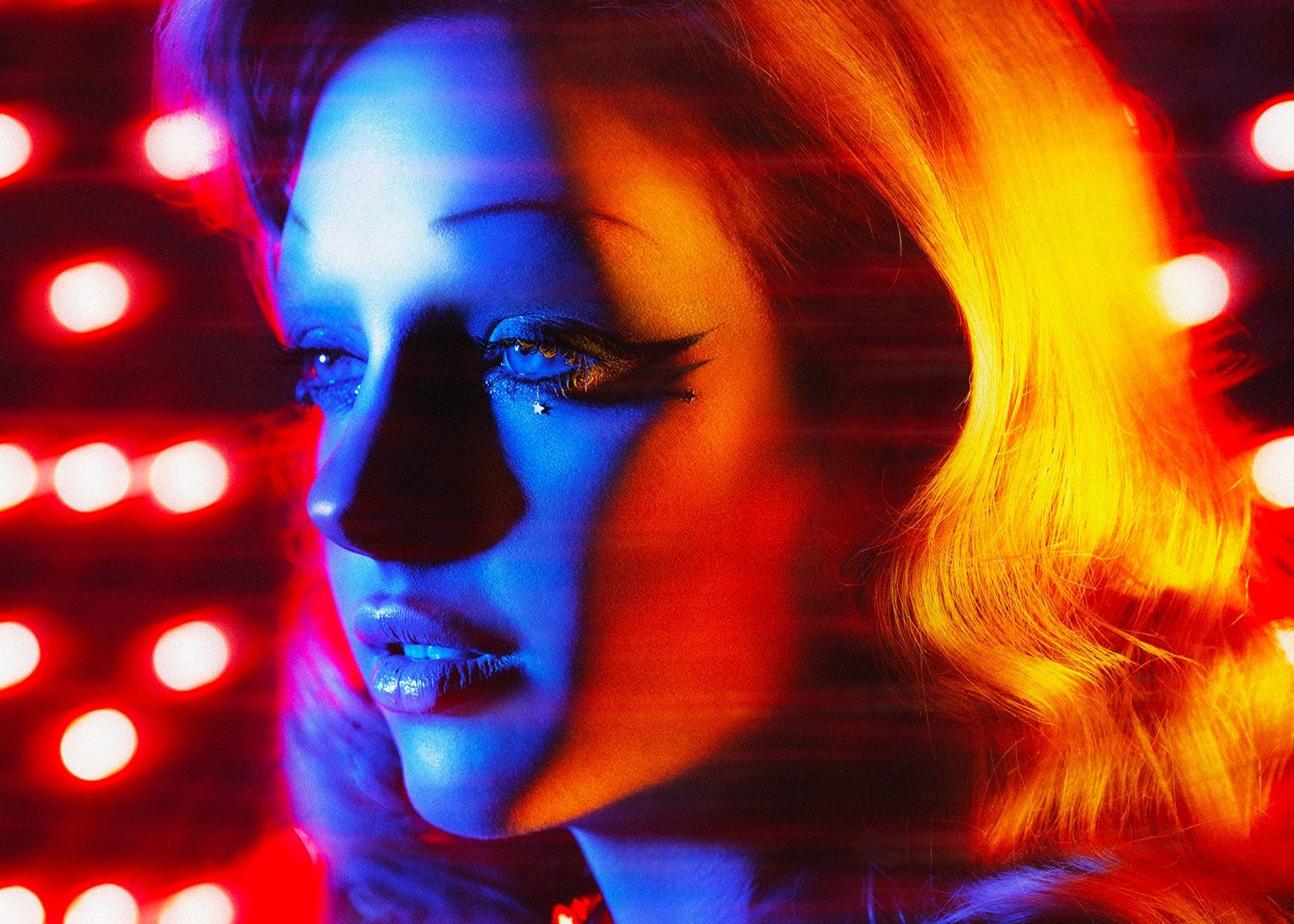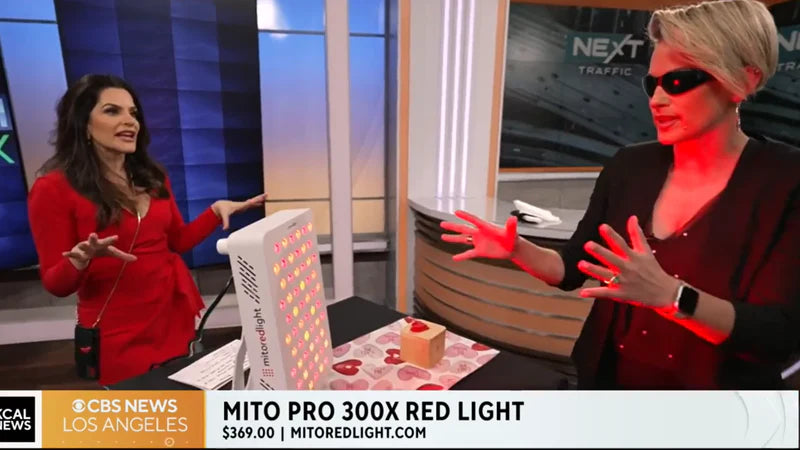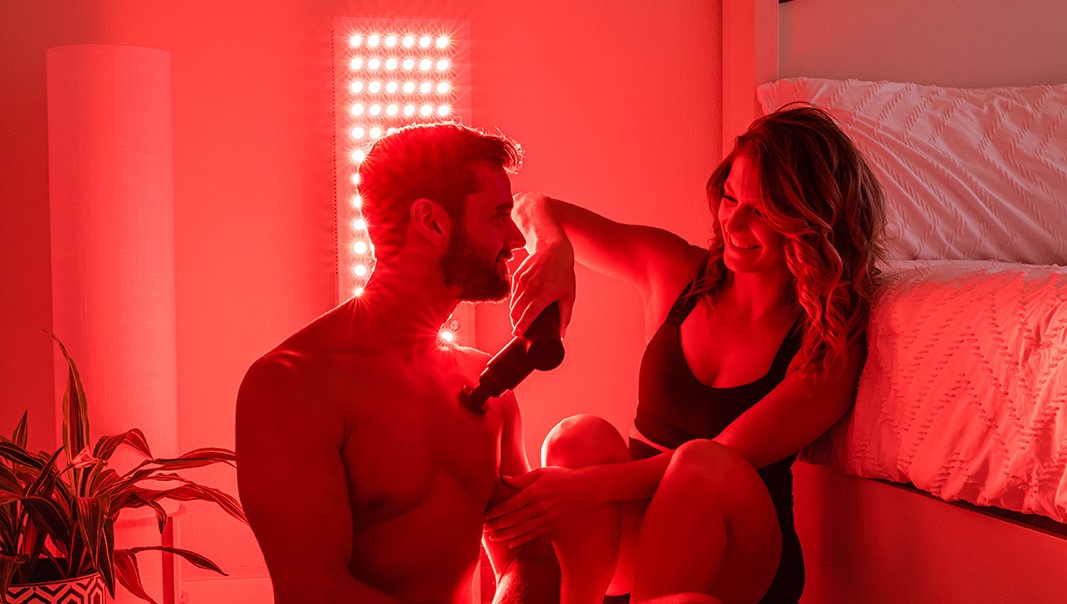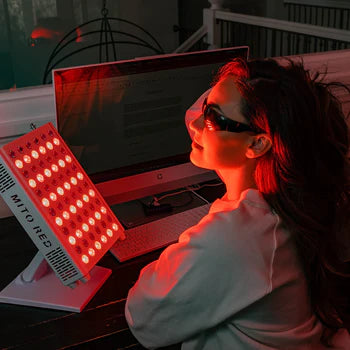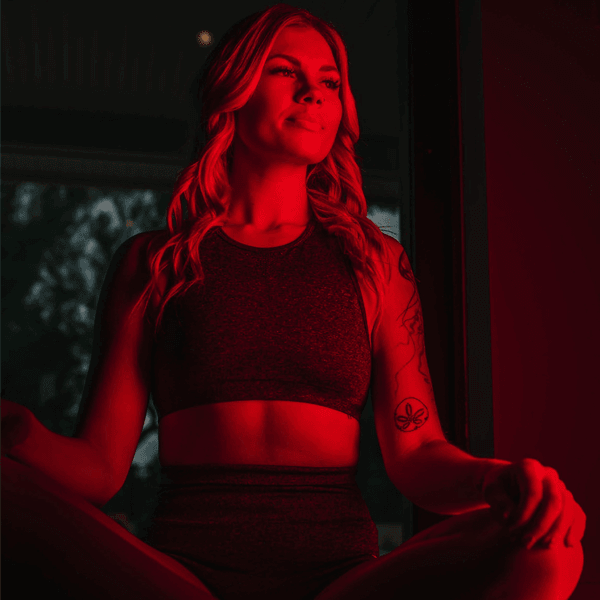DISCLAIMER: Mito Red Light devices are not clinically proven to diagnose, treat, cure, or prevent any medical conditions. Mito Red Light devices are low / risk general wellness devices aimed at affecting the body through supporting cellular function. The scientific studies referenced in this article are for educational and informational purposes only and are meant to educate the reader on the exciting and growing field of phototherapy. To see a list of precautionary warnings and contraindications, click here
Blue light therapy is generally considered a safe procedure, but there are still some risks to consider. Understanding proper safety protocols is essential before booking a blue light therapy session at a clinic or purchasing one of the many at-home devices.
In this guide, we’ll look at the most important safety parameters and discuss how these balance with the benefits of blue light therapy.
Established Safety Parameters
The FDA has published clear guidance on light therapy devices, known as photobiomodulation (PBM) or low level light therapy (LLLT) devices. This guidance covers usability studies and means the devices must be safe to use and instructions, benefits, and safety protocols must be easily recognizable by intended uses.
That’s why you’ll notice that Mito Red Light products are FDA Registered. These days, consumers can tap into the global marketplace and purchase low-cost devices from all over the world, many of which may not have undergone the same strict testing.
For this reason, you should always check that the device you purchase has passed regulatory muster and is safe for use. Blue light therapy is very safe for use in both clinical practice and with at-home devices, but that only applies if the clinicians you’re visiting and the devices you’re buying have actually been safety tested.
In comparison to other light therapies, including red light, blue light therapy can cause more side effects, but they are still minimal. Read our guide on red light vs blue light therapy for more information.
Potential Side Effects
The most common reactions from blue light therapy sessions include mild skin irritation and sensitivity, but these are usually heightened during clinical sessions, which are much more intense than at-home devices. Sensitivity also increases with the use of light-sensitive drugs like aminolevulinic acid (also known as ALA or Levulan), as these enhance light penetration and may make the skin sensitive following a session.
It's normal for the skin to peel or crust following an intense session, but this usually resolves within a couple of weeks as the skin heals and the benefits begin to appear.
In rare cases, the skin may yellow and form weeping sores. Infection can also set in. It’s important, therefore, to monitor any reactions, follow pre and post-session protocols (discussed below), and consult a professional if you notice any adverse reactions.
Special Populations and Contraindications
The risk of skin infection is low, as noted above. Even if post-session irritations occur, they can still be managed properly to eliminate such a risk, although improper skincare practices (such as popping blisters and not taking good care of the skin) can result in infection.
The risks of blue light therapy are more pronounced in certain individuals, and there is also a lack of research concerning the long-term effects in others, so caution is advised in the following situations:
Pregnancy
If you google “Is blue light therapy safe during pregnancy?” you’ll get a mixed bag of results from people insisting that it’s perfectly safe and acceptable to those who advise caution and recommend avoiding all blue light sessions. The indecision stems from the fact that we don’t have a lot of research concerning the effects of blue light therapy on pregnancy, and while that doesn’t necessarily mean it’s unsafe, it doesn’t guarantee that it’s safe, either.
It's always best to err on the side of caution, and unless explicitly recommended by a healthcare professional, you should avoid blue light therapy if you are pregnant.
Photosensitive Conditions and Medications
Individuals with extreme light sensitivity should avoid blue light therapy. This includes anyone with any rare condition that causes light sensitivity.
Blue light therapy is also not recommended in individuals a sensitivity to porphyrins, and if you’re taking photosensitizing medications like melatonin, lithium, phenothiazine antipsychotics, and antibiotics used in photodynamic therapy, you should consult a professional first.
Pre Existing eye conditions
If you have any eye conditions or a family history of eye disease, consult an ophthalmologist first.
The eyes should be protected during a blue light therapy session. The best at-home devices come with eye protection, such as the protective eye design in our red light therapy mask. But blue light may still exacerbate certain eye conditions, so additional precautionary steps may be required.
Protective Measures
High-energy blue light therapy can damage the eye tissue, and may increase the risk of conditions like dry eye disease if used excessively. Eye protection should be worn at all times. This may be supplied with the device, as noted above, or by the clinic. If not, the user should take steps to protect themselves using goggles or protective eye cups.
Before every session, the skin should be prepared by washing with soap and warm water, removing all lotions, makeup, and sunscreen. Light exfoliation may help to prepare the skin but avoid using anything with strong chemicals that could lessen the effects, aggravate the skin, or increase the risk of harm.
Use sunscreen and moisturizer after a session to keep the skin clean, moisturized, and protected. Even with sunscreen, though, it’s best to avoid direct sunlight.
Always follow the advice of a dermatologist or follow the guidelines provided with your device. Limit sessions to two/three times per week, with at-home sessions usually lasting for no more than 20 minutes at a time. More regular sessions may be recommended for moderate acne, but as the strength of at-home devices can vary, you should check the device instructions.
Quality and Safety Variations
Consumer-grade blue light therapy devices are made for at-home use and are generally weaker than the ones used by dermatologists. This doesn’t mean they are not effective, though, and simply means they are safe for use without the direction of a professional.
Look for devices sold by reputable US companies, focusing on high-quality, certified devices, and avoiding anything marketed using terms like:
FDA Approved/Medical Grade
The FDA doesn’t approve blue light devices in the same way as medications. Manufacturers must follow certain protocols, including the submission of a 510(k) premarket notification, but that doesn’t equate to an FDA endorsement and you should be wary of any company that suggests otherwise.
Health Claims
Marketers aren’t allowed to openly claim that blue light therapy devices can address an array of skin concerns. Making such claims certainly makes it easier to market a product and encourages views, clicks, and sales, but it’s disingenuous.
There’s a lot we don’t know about blue light therapy and the benefits it provides, and while there are various clinical trials hinting at health benefits, many of these have not been confirmed and approved.
Dedicated Manufacturers
Blue light therapy devices are health products manufactured to a high standard and designed with quality, efficacy, and safety in mind.
Unfortunately, the explosion in popularity of these devices has led many non-specific electrical manufacturers and lighting companies to market their own versions, many of which haven’t undergone the same strict testing. That doesn’t mean they are ineffective, but you should always conduct thorough research into the company, paying attention to approvals, certifications, and consumer reviews.
Education
An honest manufacturer isn’t just out to make a quick buck from a trending product. They want consumers to use the product safely and get maximum benefits, and that necessitates consumer education.
Look for brands that promote education, ones that discuss the possible adverse reactions, as well as the benefits. They should provide safety instructions and equipment along with the device, including recommendations on frequency and intensity and any kind of protective gear you need when using the device (such as eye protection).
Is Blue Light Therapy Right for You? Making an Informed Decision
Although it’s generally safe, blue light therapy is not for everyone, specifically those with photosensitivity and those on medications that may increase photosensitivity. If you’re not sure whether you’re a good fit, discuss it with your doctor or dermatologist—they can advise on the most suitable course of action.
Either way, be sure to monitor your progression, following pre and post-care routines closely, and look out for potentially infected areas. It’s also good practice to take a “before” picture and keep a journal documenting noticeable changes, sensitivities, and issues, as you can look back on these after a few weeks to judge how successful the sessions were. It’s also handy to have this information on hand for a dermatologist.
